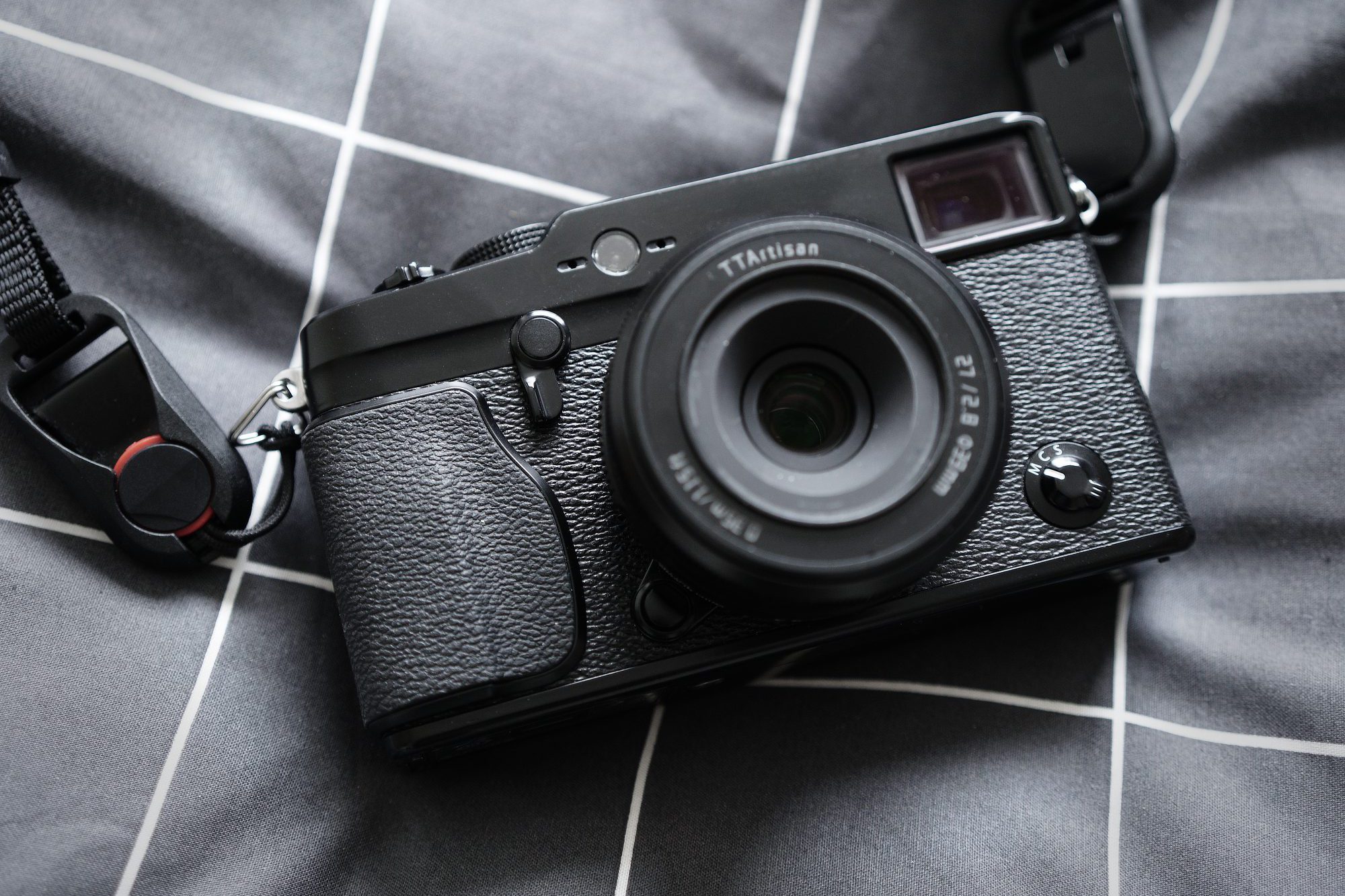
I’ve used several Fujifilm digital camera’s over the years and was aware of the X-Trans 1’s magical sensor reputation but never gave it a great deal of thought really. Then one day I was in my local camera shop to look at a secondhand X-T2, I’d sold one a while ago and quickly regretted it, this one looked in really nice condition. Then behind it I noticed an X-Pro 1. Interesting wouldn’t hurt to have a look I guess. Fifteen minutes later I was walking out of the shop with it, an impulse buy if ever there was!
First thing I noticed was it’s boxy shape with its buttons spaced apart. The LCD screen had a slight dull patch on it when viewed at an angle which was odd until I realised the previous owner must have been left eye dominant. The optical viewfinder is ingenious the way the bright frame changes size with zoom lenses, but I’ve got so used to seeing the photo as it’s going to appear so I haven’t found it that useful yet. The EVF is quite low resolution and small but it works well enough especially after I screwed my 19mm Nikon diopter from the FE on it. The write to card speed is admittedly on the slow side, but it is a 2012 camera so to be expected. The autofocus feels clunky but seems accurate enough in daylight and indoors. I wondered if I’d made a good decision, time to find out. I attached my TTArtisan 27mm lens which I’d been using on my X-T10 to give it a go…




Conclusion
I have to agree the X-Tans 1 sensor does indeed have the magic X ingredient. It combines sharpness with smooth tonality with its own unique colour palette. I don’t understand why Fujifilm has gradually moved away from this to a more mainstream look, I think the turning point was when they introduced the BSI sensor with the X-Trans 4 in the X-Pro 3. If you see an X-Pro 1, or X-E1 going for a good price I would definitely check it out. I’m off to trying my old Nikon H lenses on it now!

